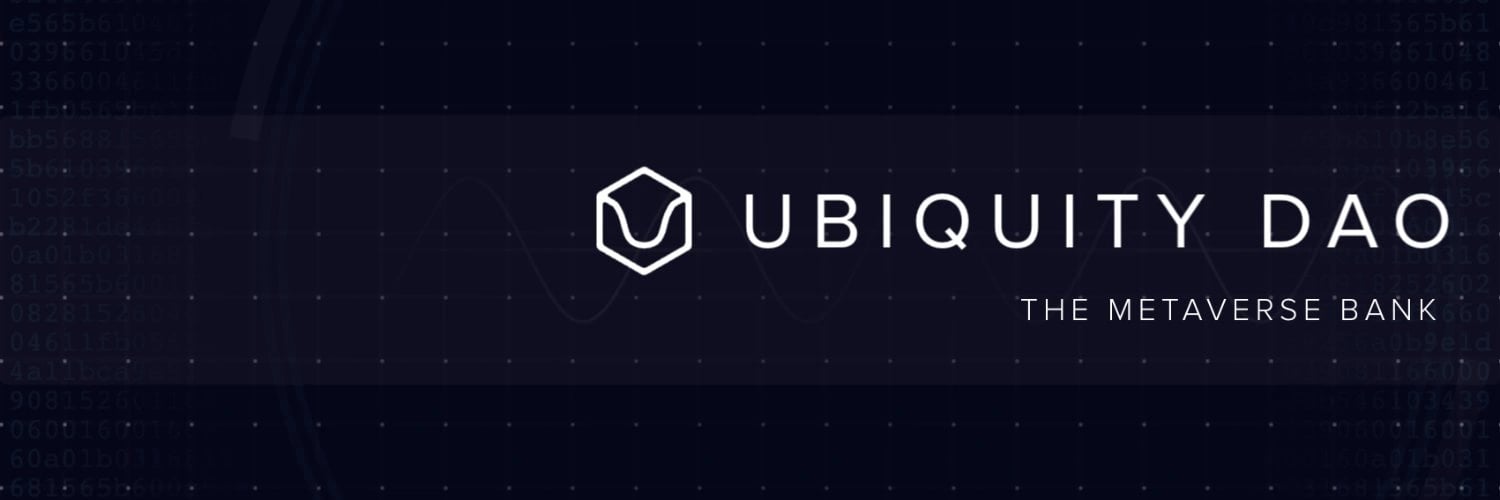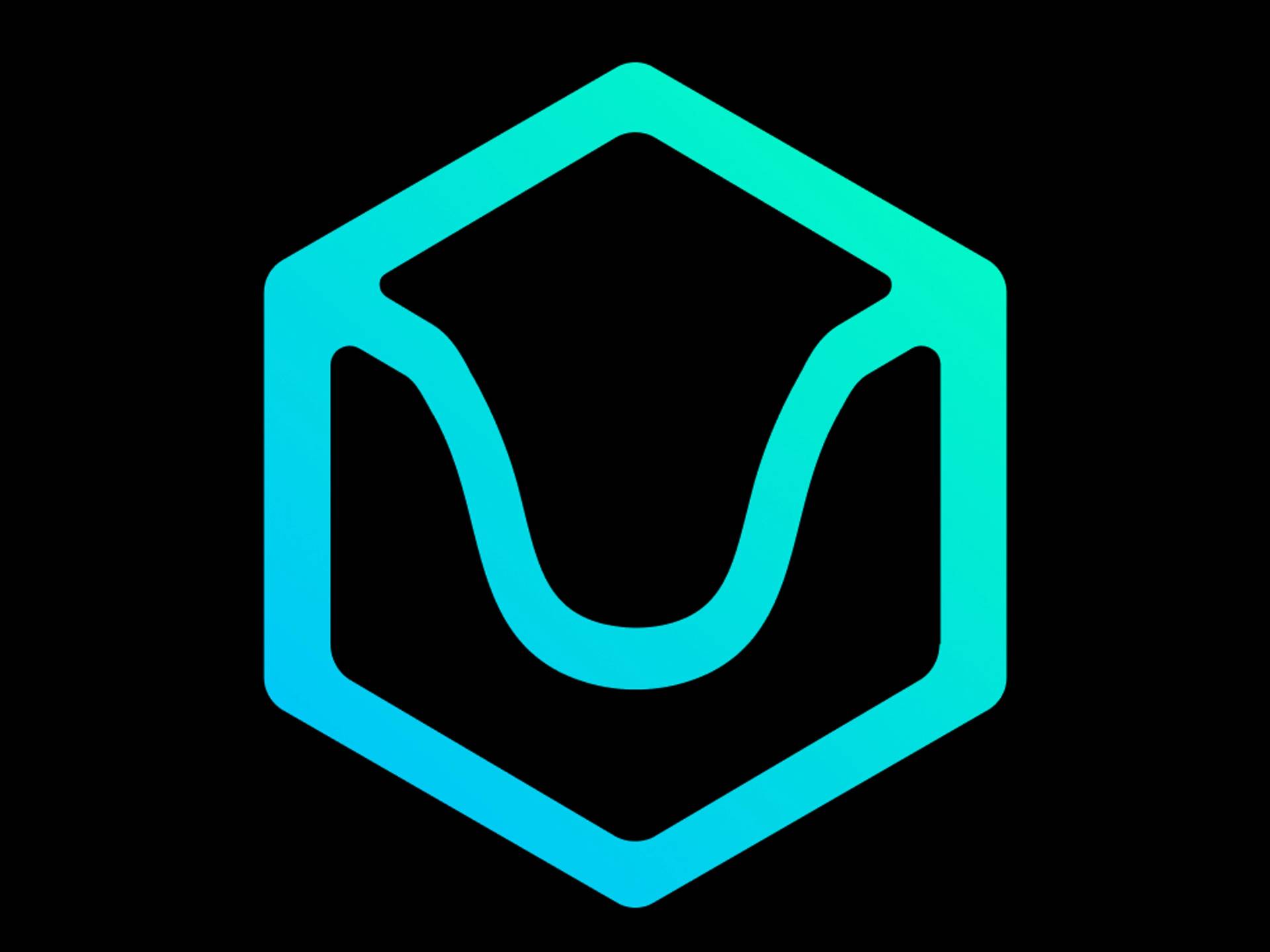Subscribe to wiki
Share wiki
Bookmark
Ubiquity DAO
We've just announced IQ AI.
Ubiquity DAO
Ubiquity DAO is a decentralized autonomous organization that aims to act as the bank of the metaverse by developing open-source tools intended to improve the efficiency of DAOs.[1]

Overview
Ubiquity DAO, founded in November 2020, is a decentralized autonomous organization that aims to enhance DAO operations through UbiquityOS, an AI-driven system designed to improve efficiency and support open-source career paths.
The ecosystem includes the Ubiquity Dollar (UUSD), an Ethereum-based stablecoin intended for immediate reward claims on completed tasks, with options for off-ramping through Ubiquity Payment Cards to increase accessibility.[1][2][3][4]
Ecosystem
UbiquityOS
UbiquityOS is an AI-based platform developed by Ubiquity DAO that aims to streamline task management and project execution by integrating with GitHub, crypto payments, and other platforms. Using advanced AI algorithms, it aims to improve coding task accuracy, automate routine processes, and support job matching.
Additionally, UbiquityOS connects with platforms like Telegram, Google Docs, and Slack to facilitate task tracking and decentralized collaboration, enabling contributors to engage securely and independently of location.[6]
Use Cases
UbiquityOS aims to enhance efficiency for various users:
- Developers: Aims to match developers with tasks suited to their skills and provide financial incentives.
- Repository & Project Managers: Seeks to automate management tasks and enable task pricing to facilitate efficient task completion.
- Developers: Provides opportunities to work on preferred projects with compensation and plans to introduce a GitHub reputation system.
- DAOs: Utilizes AI to streamline task assignment and improve overall organizational efficiency.[14]
Ubiquity DevPool
The Ubiquity DevPool aims to function as a shared talent pool within the DAO, connecting developers with tasks across partner organizations. The system operates on GitHub and Telegram but can be customized with specific interfaces to address partner needs. Developers can self-assign tasks by opening pull requests.
To participate, they can locate tasks on the devpool.directory, register their wallet for payouts by commenting "/wallet <wallet address>" on their first task, and initiate subsequent tasks by commenting "/start." Developers are expected to fork the repository, make regular commits, and submit pull requests for review. Payment links are issued after the successful completion of each task.[6][15][16]
Ubiquity Cards
Ubiquity Cards operate within the Mastercard and Visa networks, aiming to offer users accessible use of their UbiquityOS earnings. These cards are compatible with Apple Pay, Google Pay, and Samsung Pay, allowing balances up to $1,000 USD without requiring Know Your Customer (KYC) verification, thereby supporting privacy and accessibility for users without traditional banking.
Research is ongoing to evaluate a potential credit market based on Ubiquity Governance Tokens (UBQ) and Ubiquity Dollars (UUSD).[17]
UbiquityOS Browser Extension
The Ubiquity Browser Extension aims to improve client-side management and financial tools while prioritizing security and user experience. It overlays an enhanced interface on compatible websites, such as GitHub, offering features like live reward payout estimates, a Superintendent chatbox, and user experience (XP) statistics. A public beta release is expected by early 2025.[2]
Tokenomics
Ubiquity Dollar ($UUSD)
The Ubiquity Dollar (UUSD) is a stablecoin that aims to maintain a $1 peg through market-driven supply adjustments and is 95% fully collateralized. When the price of UUSD exceeds $1, users may be incentivized to mint new UUSD by depositing $1 worth of LUSD (the underlying collateral) and selling the newly minted UUSD in the market, thereby creating an arbitrage opportunity to help restore the peg. Conversely, when the price of UUSD falls below $1, users can purchase UUSD at a discount on the open market and redeem it for $1 worth of LUSD, which also provides an arbitrage opportunity to restore the peg.[18]

$UBQ
The UBQ token represents ownership shares in Ubiquity DAO and aims to function alongside XP calculations to establish governance authority. A portion of DAO profits is planned to be used for buying back and providing liquidity for UBQ tokens in the market, which may contribute to an increase in the asset's price.
Additionally, plans are in place to develop credit systems based on UBQ tokens, facilitating the creation of credit markets that would integrate with Ubiquity Cards for spending convenience.[8]

See something wrong?
